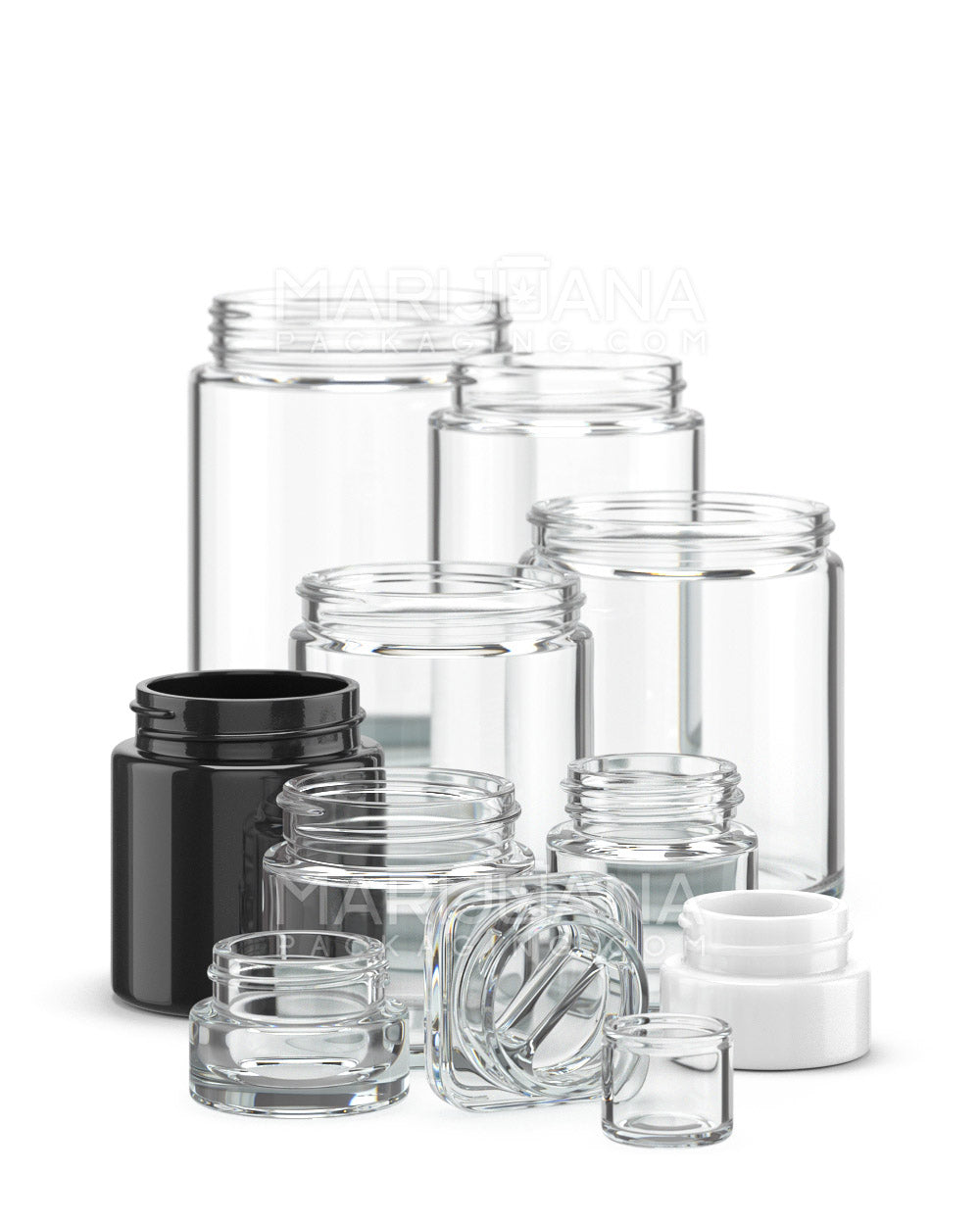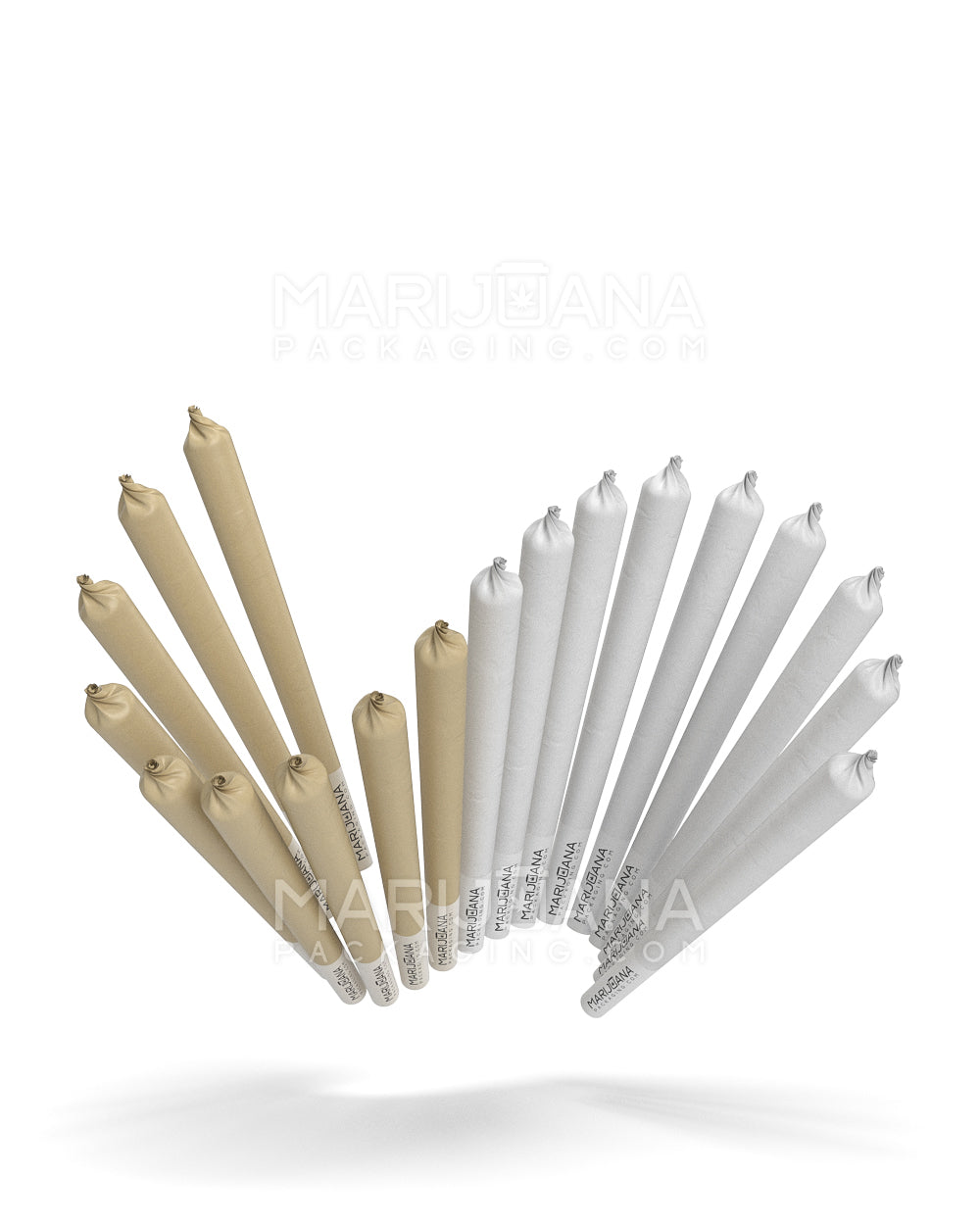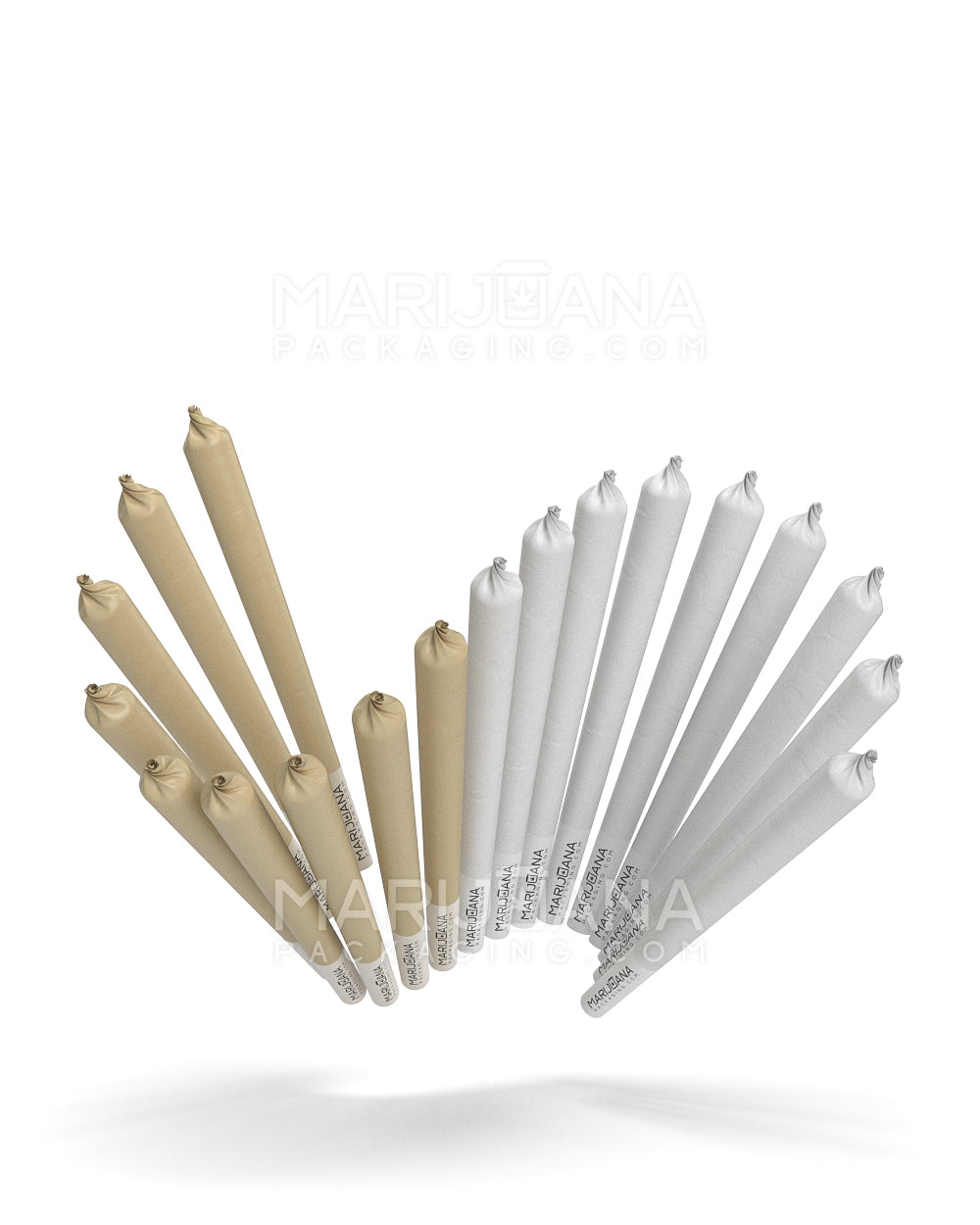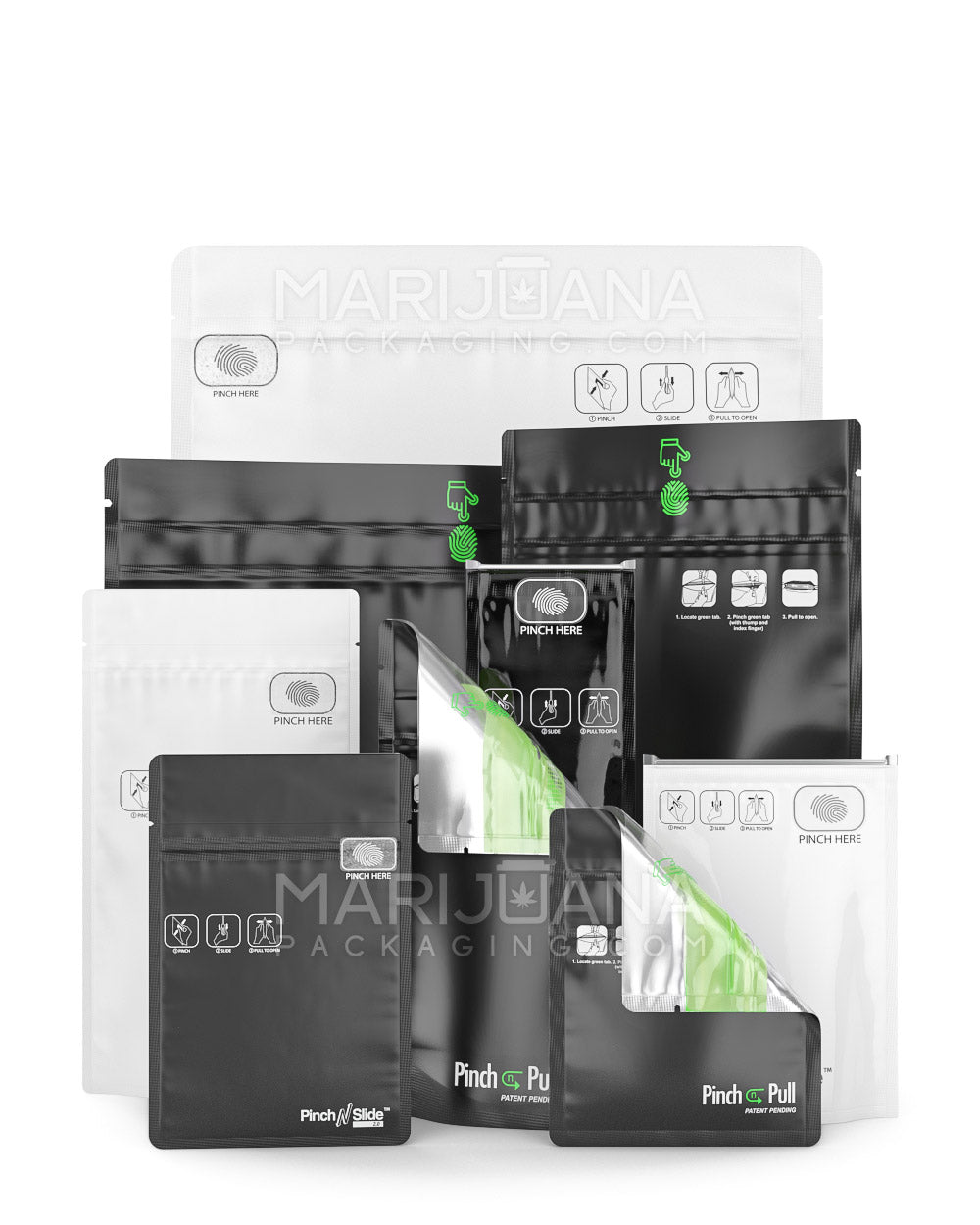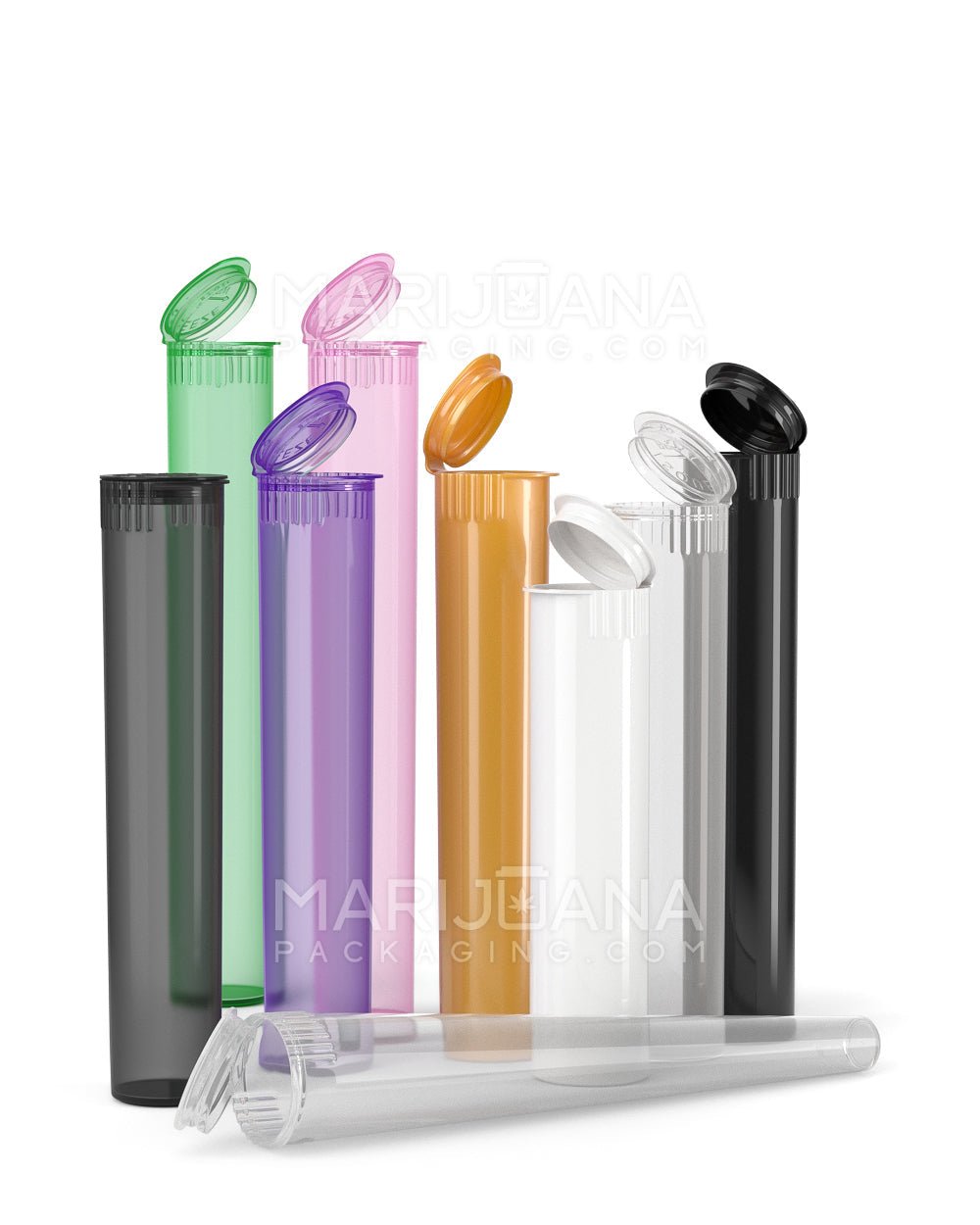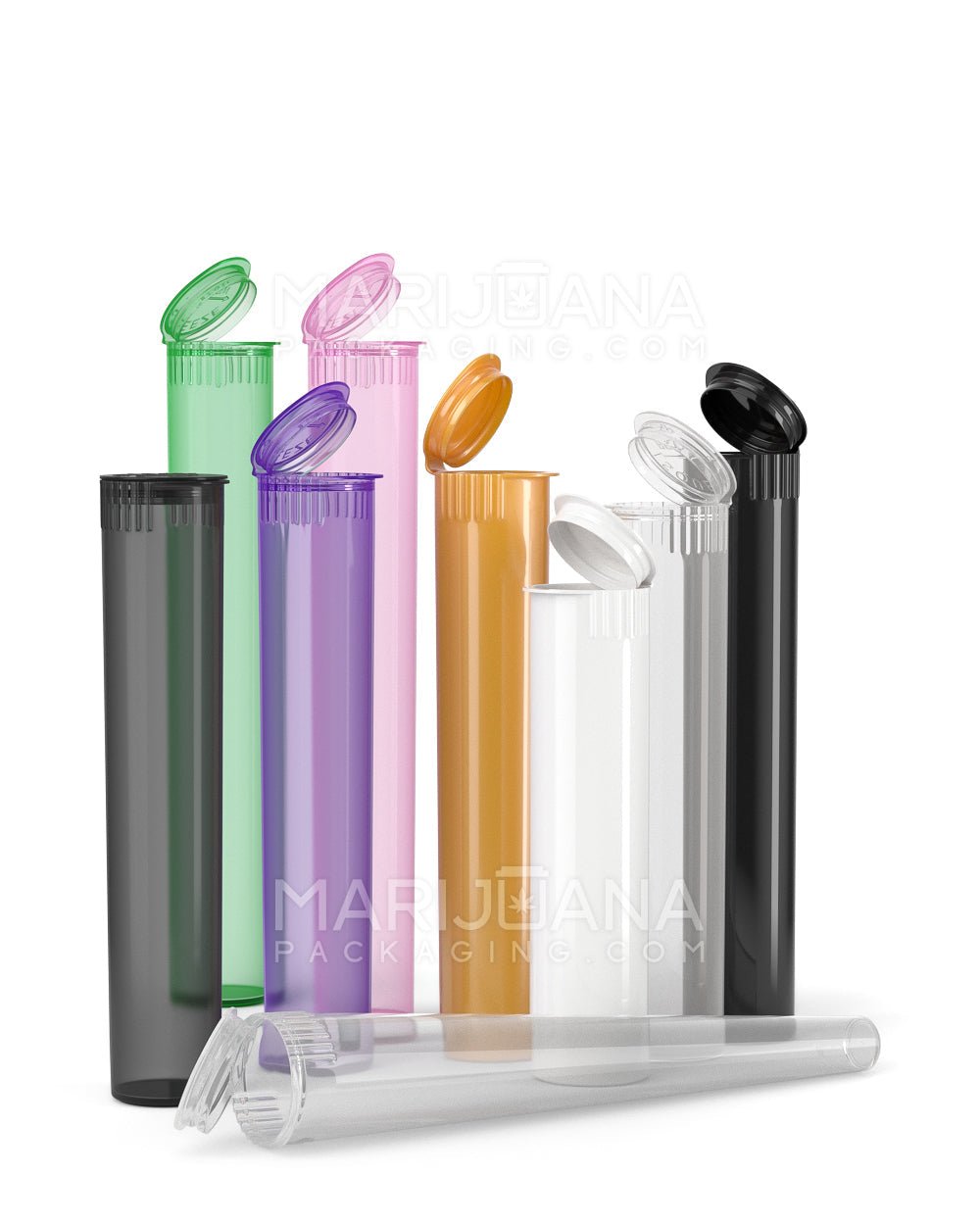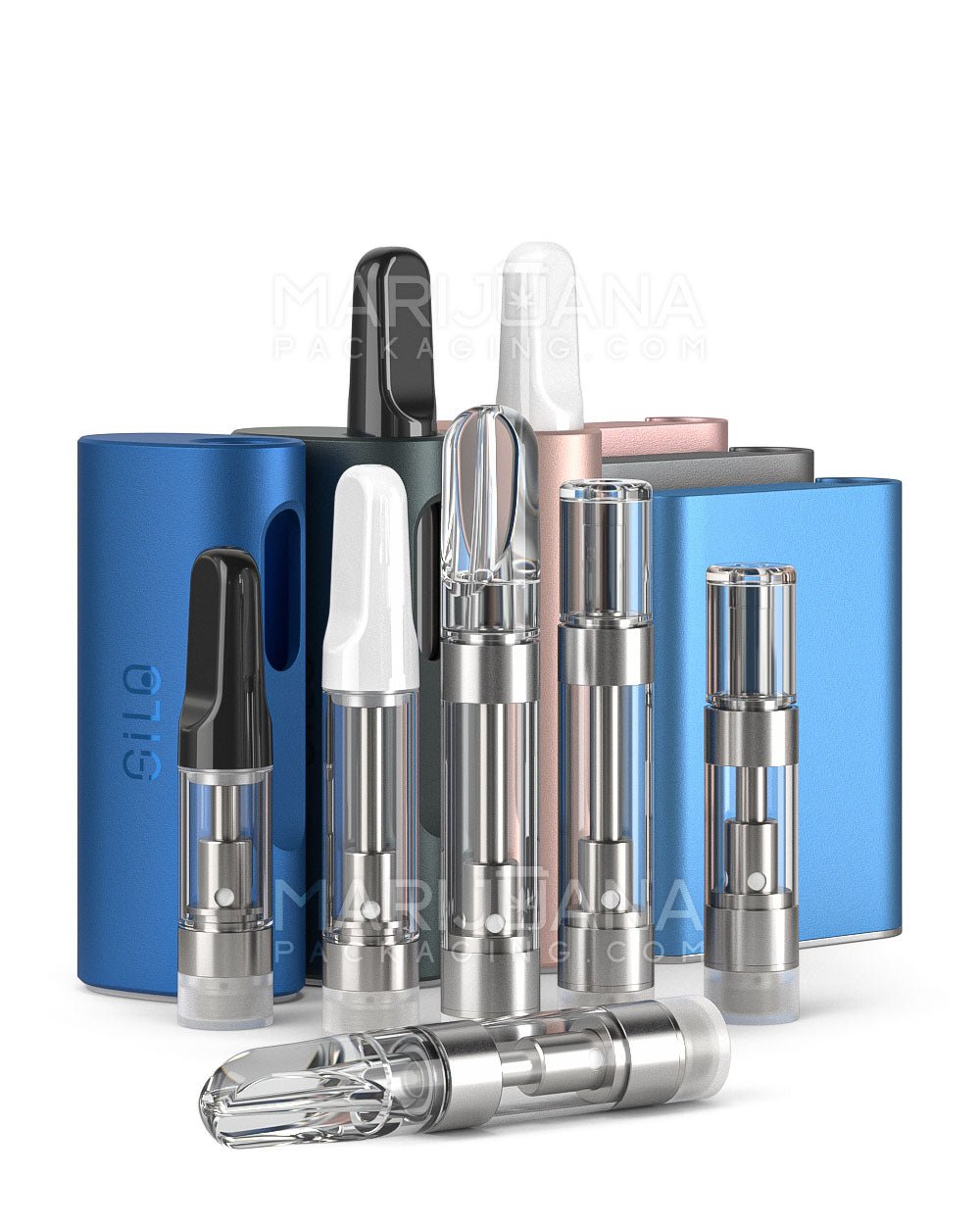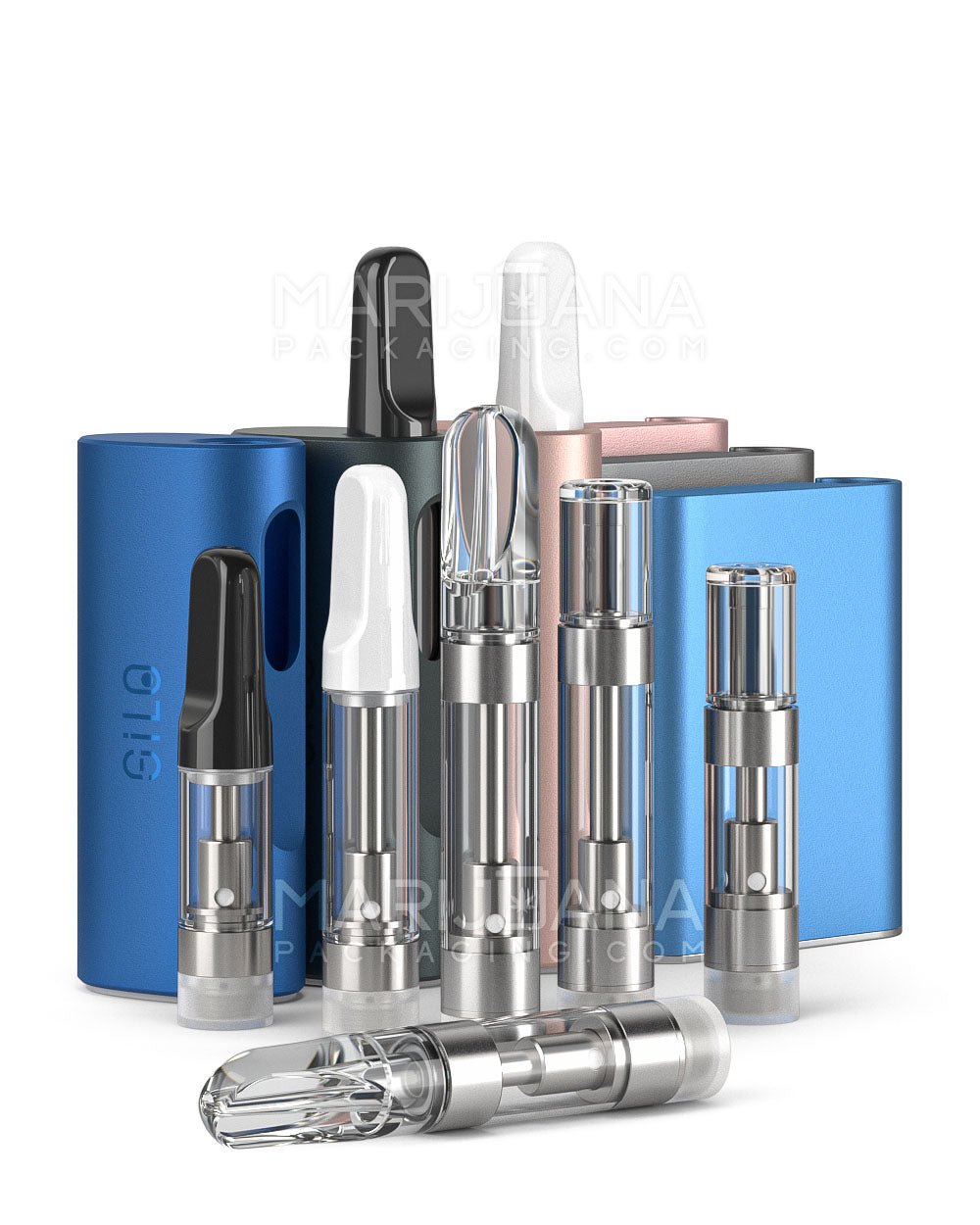Have you ever wondered what happens when you boil marijuana? It's a peculiar idea that might seem a bit offbeat at first. But hey, curiosity is the spice of life, right? Whether you're a culinary enthusiast looking to experiment with cannabis-infused recipes or just someone who's stumbled upon this concept, there's more to boiling marijuana than meets the eye.
This article will take you through the ins and outs of boiling marijuana. We'll discuss the chemical changes it undergoes, how it can be used in various recipes, and some practical tips if you're considering giving it a try. By the end, you'll have a good understanding of what to expect from this unusual yet intriguing process.
What Happens Chemically When You Boil Marijuana?
First things first, let's dive into the science behind it. Marijuana contains compounds known as cannabinoids, with THC (tetrahydrocannabinol) and CBD (cannabidiol) being the most famous. When you boil marijuana, you're essentially applying heat, which causes a chemical reaction called decarboxylation. This might sound like a mouthful, but it's not as complicated as it seems.
Decarboxylation is the process of converting inactive THCA and CBDA in raw cannabis into active THC and CBD. This is crucial because only the activated forms can interact with the body's endocannabinoid system to produce the effects associated with marijuana. When you boil marijuana, the heat facilitates this transformation, making the cannabinoids available for absorption.
However, it's important to note that boiling isn't the most efficient method for decarboxylation. The boiling point of water is 212°F (100°C), which is below the optimal temperature range (220-245°F or 104-118°C) for decarboxylating cannabis. So, while boiling will activate some of the cannabinoids, it's not the most effective way to do it. Think of it as a gentle nudge rather than a full-on transformation.
The Impact on Flavor and Aroma
When you boil marijuana, you're also affecting its flavor and aroma. If you've ever cooked with herbs like basil or mint, you know that boiling can sometimes lead to a muted flavor profile. The same goes for cannabis. The boiling process can strip away some of the volatile compounds known as terpenes, which are responsible for the plant's distinctive smell and taste.
Terpenes are delicate, and their boiling points vary, but many start to evaporate around 150°F (65°C). When you boil marijuana, some of these terpenes are lost, which can result in a less potent aroma and flavor. This might not be a big deal if you're blending it into a dish where other flavors take center stage. However, if you're aiming to preserve the unique characteristics of your strain, you'll need to be mindful of this.
On a lighter note, some people find that boiling cannabis softens its more pungent qualities, making it more palatable for those who aren't fans of its natural taste. It's a bit of a trade-off, so it's worth considering what you're hoping to achieve flavor-wise.
How to Boil Marijuana Safely
If you're set on boiling marijuana, safety should be your top priority. Like any cooking process, it's important to take certain precautions to ensure everything goes smoothly. Here's a simple guide to keep things safe and sound:
- Use a well-ventilated area: Boiling marijuana can release odors that might not be appreciated by everyone around you. Make sure your kitchen is well-ventilated to avoid any unwanted attention.
- Monitor the temperature: Keep an eye on the heat to prevent overheating. Using a thermometer can help you maintain a consistent temperature and avoid burning your cannabis.
- Choose the right cookware: A stainless steel pot is ideal for boiling cannabis, as it provides even heat distribution. Avoid using non-stick pans, as the chemicals in the coating can react with cannabis.
- Be mindful of quantity: Too much cannabis can result in an overly potent mixture. Start with a small amount and adjust according to your preferences.
By following these simple steps, you can ensure a safe and effective boiling experience.
Recipes and Uses for Boiled Marijuana
Boiled marijuana might not sound like the most appetizing ingredient, but it has its place in the kitchen. Once you've boiled your cannabis, you can use it in a variety of recipes, from teas to soups and even pasta dishes.
Cannabis Tea: One of the simplest ways to use boiled marijuana is by making tea. Simply add the boiled cannabis to a pot of hot water, let it steep for a few minutes, and strain out the plant material. You can add honey, lemon, or other flavors to enhance the taste.
Herb-Infused Broth: Another option is to use boiled cannabis in a broth. It can add a subtle herbal note to soups or stews. Just toss the boiled cannabis into the pot with your other ingredients and let it simmer.
Pasta Sauce: For a more adventurous dish, consider adding boiled cannabis to your pasta sauce. Whether you're making a tomato-based sauce or a creamy Alfredo, the cannabis can add an interesting twist. Just remember to balance the flavors so the cannabis doesn't overpower the dish.
These are just a few ideas to get you started. Feel free to experiment and find what works best for your palate.
Potential Benefits and Drawbacks
Boiling marijuana comes with its own set of pros and cons. On the plus side, it's a simple and accessible method for those who want to try cannabis in their cooking without investing in specialized equipment. It's also a relatively gentle way to introduce cannabis into your diet if you're new to edibles.
On the downside, boiling isn't the most efficient method for extracting cannabinoids. As mentioned earlier, the lower temperature means you might not get the full activation of THC and CBD. Additionally, the loss of terpenes can result in a less flavorful product.
In the end, it boils down to what you're looking for. If you're aiming for a mild effect and don't mind some flavor loss, boiling can be a viable option. However, if you're seeking maximum potency and flavor, you might want to consider alternative methods like baking or using a slow cooker.
Alternatives to Boiling Marijuana
While boiling is one way to prepare cannabis for consumption, there are other methods you might find more effective or flavorful. Here are a couple of alternatives you might want to try:
- Decarboxylation in the Oven: This method involves heating cannabis in the oven at a low temperature to activate the cannabinoids. It's more efficient than boiling and retains more terpenes, resulting in a more potent and flavorful product.
- Slow Cookers: Using a slow cooker is a popular method for making cannabis-infused oils and butters. The low, consistent heat allows for thorough decarboxylation and infusion, making it an excellent choice for edibles.
- Vaporizing: If you're looking to enjoy the flavors and effects of cannabis without ingestion, vaporizing is an option. It heats the cannabis to a temperature that releases the cannabinoids and terpenes without combustion.
These alternatives might require a bit more effort or equipment, but they can offer a more potent and flavorful experience if that's what you're after.
Legal Considerations
Before you start cooking with cannabis, it's important to be aware of the legal landscape. Marijuana laws in the United States vary from state to state, so it's crucial to know what's legal in your area.
As of 2023, recreational marijuana is legal in several states, but each state has its own regulations regarding the possession, use, and distribution of cannabis. Some states allow home cultivation and personal use, while others have stricter rules.
Always ensure that you're compliant with state and local laws before attempting to boil or cook with marijuana. Ignorance of the law is not a valid excuse, so take the time to educate yourself and stay informed.
Common Misconceptions About Boiling Marijuana
There are a few misconceptions surrounding the idea of boiling marijuana that are worth addressing. One common myth is that boiling cannabis will result in a potent, psychoactive brew. As we've discussed, boiling isn't the most effective way to activate cannabinoids, so the resulting product might not be as strong as some expect.
Another misconception is that boiling cannabis will remove all its psychoactive properties, rendering it useless. While boiling does result in some loss of potency, it doesn't completely negate the effects. You'll still experience some level of activation, albeit milder than other methods.
Finally, some people believe that boiling cannabis is a dangerous or reckless practice. While safety precautions are important, boiling cannabis is relatively safe when done responsibly. As with any cooking process, it's all about using common sense and following guidelines.
Final Thoughts
Boiling marijuana offers a unique way to prepare cannabis for culinary adventures. While it may not be the most potent method, it provides an accessible entry point for those curious about incorporating cannabis into their meals. The process is straightforward, albeit with some trade-offs in terms of potency and flavor.
For those looking to enhance their culinary endeavors, Gamut's full-scale packaging services can provide the perfect solution. With a wide range of packaging options, Gamut caters to various industries, ensuring your products stand out on the shelf. Whether you need stock options or custom designs, Gamut runs the gamut to meet your packaging needs, making your brand unforgettable.











